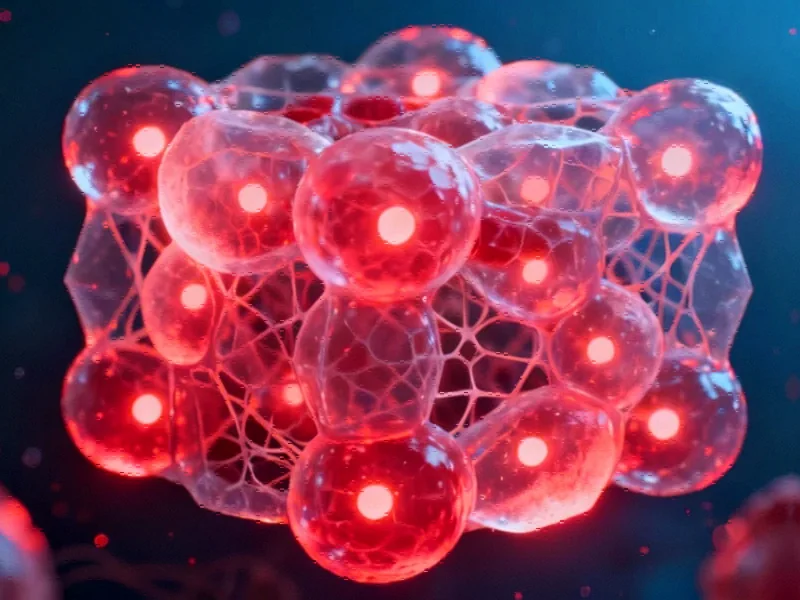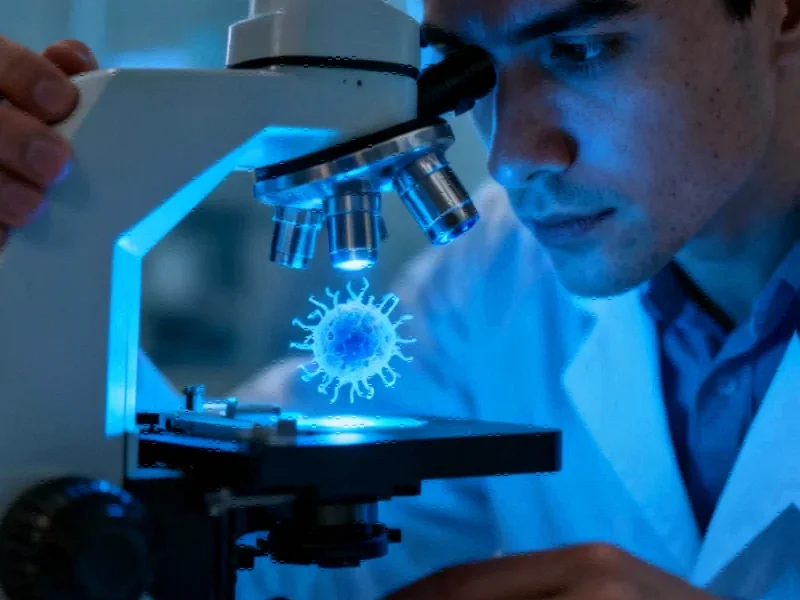Scientific Breakthrough in Blood Cell Production
Researchers have developed embryo-like structures that can produce human blood cells in laboratory conditions, according to reports from the University of Cambridge. The team behind the innovation calls these tiny blood factories ‘hematoids,’ which sources indicate could one day supplement traditional blood donations for patients with conditions like leukemia and lymphoma.
How the Blood Factories Work
The hematoids develop from donated human stem cells and form embryo-like structures that lack critical tissues required for full development. Analysts suggest these structures represent a significant advancement in how blood cells can be generated outside the human body. “It was an exciting moment when the blood red color appeared in the dish – it was visible even to the naked eye,” developmental biologist Jitesh Neupane told university reporters.
According to the research published in Cell Reports, the hematoids develop beating heart cells by day eight to circulate fluid, then begin producing blood after approximately two weeks of incubation. The report states these structures differentiate into both red and white blood cells much like umbilical cord stem cells, but with greater efficiency than previous laboratory methods.
Potential Medical Applications
This discovery reportedly offers multiple potential medical applications beyond supplementing blood donations. Researchers suggest the technology could be used to screen drugs, study early blood and immune system development, and model blood disorders. The team emphasizes that while still in early stages, the ability to produce human blood cells in controlled laboratory conditions marks significant progress toward future regenerative therapies.
“Although it is still in the early stages, the ability to produce human blood cells in the lab marks a significant step towards future regenerative therapies – which use a patient’s own cells to repair and regenerate damaged tissues,” developmental biologist Azim Surani explained in the university’s announcement.
Advancements in Stem Cell Technology
The new method represents a substantial improvement over previous techniques for generating human blood stem cells in laboratory settings. Sources indicate prior approaches required regular supplementation with growth factors and other proteins, while these new living structures are reportedly more self-sustaining. This development in stem cell technology comes alongside other industry developments and market trends in biomedical research.
Researchers note that the hematoids provide valuable insights into how blood cells naturally form during human embryonic development. This understanding of embryogenesis could lead to additional medical breakthroughs, according to analysts studying related innovations in the field. The technology also aligns with broader recent technology advances across the biomedical sector.
While these blood factories currently remain prototypes, the research team has expressed optimism about their ongoing development. The breakthrough demonstrates how scientific investigation continues to push boundaries in medical science, potentially addressing critical shortages in blood supplies for patients worldwide.
This article aggregates information from publicly available sources. All trademarks and copyrights belong to their respective owners.
Note: Featured image is for illustrative purposes only and does not represent any specific product, service, or entity mentioned in this article.



